Table of Contents
Important Revolutionary movement in India:
Revolutionary movement in Bombay Presidency:
- One of the earliest terrorist deeds was done in Poona in 1897 by two young Chapekar brothers, Damodar and Balkrishna when they murdered two notorious British officials, Rand and Amherst.
- At Nasik, Vinayak Damodar Savarkar (V.D. Savarkar) had set up an association called Mitra Mela (1899) which in 1904 had been merged into the secret society called Abhinav Bharata.
Revolutionary movement in Bengal Presidency:
- One of the earliest and best known revolutionary societies in Bengal was the Anushilan Samiti (1902). Satish Chandra Bose and Pramathanath Mitra played a leading role in founding this society. Aurobindo Ghosh and Sister Nivedita, the Irish disciple of Swami Vivekanand, greatly encouraged and supported it.
- In 1902, Anushilan Samiti of Dacca, another secret society was founded by Pulin Das. In 1908, he organized Barrah dacoity.
- Atmonnati Samiti, founded by Bipin Behari Ganguly, was another revolutionary society of Bengal.
- Sandhya edited by Brahmabandhab Upadhyay, the Bandemataram edited by Aurobindo Ghosh and the Yugantar edited by Bhupendranath Datta.
- Aurobindo Ghosh was put on trial in Alipur Conspiracy Case (1910) but was released because of want of evidence.
- Khudi Ram Bose and Prafulla Kumar Chaki, in an attempt to kill Kingsford, the controversial magistrate of Muzaffarpur, killed two English ladies of the Kennedy family. Prafulla Chaki committed suicide and Khudiram Bose was arrested and hanged.
- B.V.Party by Hema Chandra Ghose.
- Lila Nag and Sri Sangha by Anil Roy.
- Surya Sen (Master Da) was the most popular revolutionary from East Bengal. He founded the Indian Republican Army (IRA) and conducted Chittagong Armoury Raid in 1930.
Revolutionary movement in Northern India:
- Hindustan Republican Association or Army (HRA) was founded at Kanpur in October 1924, by Sachindranath Sanyal, Jogesh Chandra Chatterjee, Ramprasad Bismil and Chandra Shekhar Azad.
- HRA was restructured as Hindustan Socialist Republican Association (HSRA) at Firoz Shah Kotla, Delhi in 1928 under the leadership of Chandra Shekhar Azad, Bhagat Singh, Sukhdev, Bhagvati Charan Vohra.
- Bhagat Singh and Batukeshwar Dutt threw two crude bombs and some leaflets in the Central Legislative Assembly on April 8, 1929, when the Assembly was discussing the Public Safety Bill and the Trade Disputes Bill.
- The arrest of Bhagat Singh and Batukeshwar Dutt, however, led to the arrest of most of the HSRA activists, who were tried together in the Lahore Conspiracy Case.
Revolutionary Movement Abroad:
- Shyamji Krishna Verma of Kathiawar (Gujarat) set up the India Home Rule Society or India House at London in 1905 and also started the journal “The Indian Sociologists“.
- Shyamji left London and settled in Paris and the political leadership of India House came to be vested on V.D. Savarkar.
- Savarkar’s colleague Madan Lal Dhingra shot dead Curzon Wyllie on July 1, 1909, in London. Madan Lal Dhingra was arrested and hanged. Later on, Savarkar was arrested and sent to India to undergo trial in the Nasik Conspiracy Case and other charges.
- Madam Bhikaiji Cama called ‘Mother of Indian Revolution‘ started Bande Mataram Movement in Paris and also founded the journal ‘Bande Mataram’.
- Taraknath Das formed the Indian independence League in California in 1907.
- Hind Association of America (1913) was founded by Sohan Singh Bhakana.
- In 1913, revolutionaries like Lala Hardayal, Sohan Singh Bakna founded the Ghadar Party at San Francisco.
- Lala Hardayal, Bhai Parmanand and Ram Chandra were the leading figures of the Ghadar Party movement.
- In 1915, Mahendra Pratap and Barkatullah Khan of the Ghadar Party founded “the first provincial government of free India in Kabul”.
- In 1914-15, the Komagata Maru incident took place. It was a Japan-based ship sailing to Vancouver commanded by Captain Gurdit Singh. The ship was not allowed to enter Vancouver on the suspicion that it was carrying revolutionaries and explosives.
- In 1940, Udham Singh killed Dyer in London.
- In 1942, Rashbehari Bose founded the Indian Independence League in Tokyo and mobilized resources for INA.
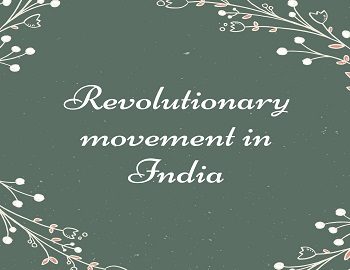
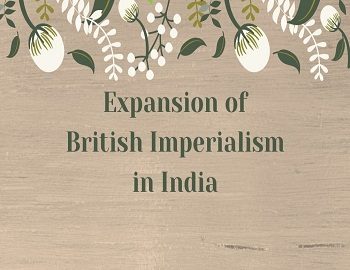


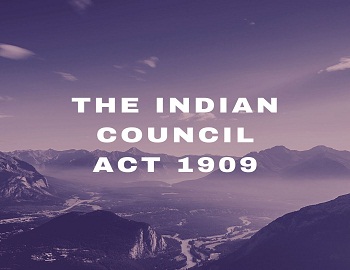
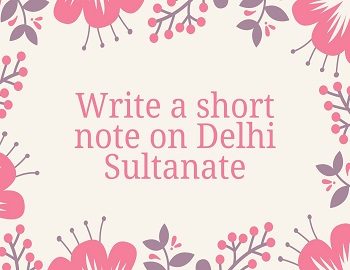


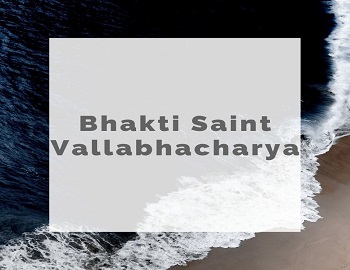
Comments (No)